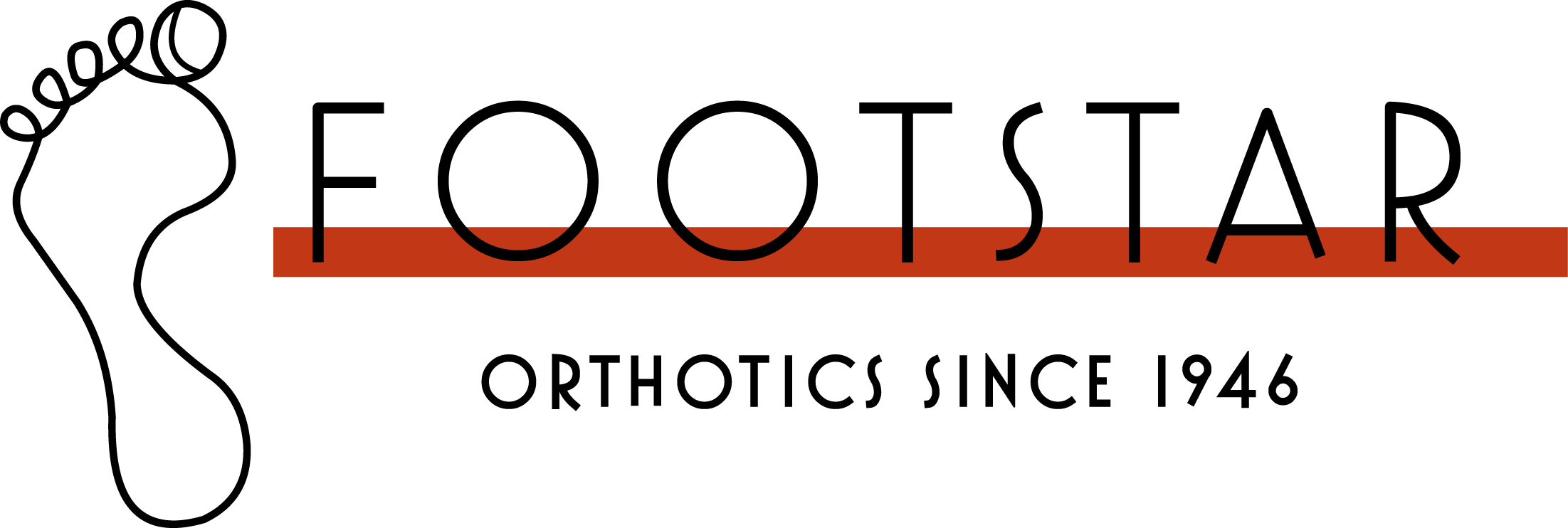Medial Meniscus Degeneration
Medial Meniscus Degeneration is a term used by doctors when referencing to the wear and tear of the cartilage in the knees, which support our weight and make us mobile.
The knee, which is a hinge joint, is formed when our leg bones meet at the center. When our thigh and shin bones join at the knee, they are met by two layers of cartilage, which are often referred to as the lateral and medial meniscus. It is this cartilage that sustains our knees and absorbs any shock they might encounter. On top of that, it is thanks to the medial and lateral meniscuses that our thigh and shin bones do not rub against one another.
Like many things in life, cartilage becomes thinner and weaker with age. This natural occurrence usually takes decades to manifest itself, and in some cases does not cause great harm to the body. However, when a person has medial meniscus degeneration, their cartilage begins to degenerate at a faster rate.
Medial Meniscus Degeneration is a grave condition that directly affects the structure of the knees. Having this condition can make it increasingly more difficult to support a person’s weight, thus rendering them immobile from the pain.
Medial Meniscus Degeneration is typically caused by means of genetics or sport-related injuries. Overall, having this condition can lead to knee arthritis, joint pain, hip displacement, back pain, and general imbalances. Using custom orthotics will make a huge difference in the pain you are experiencing. To ensure you maintain mobility, performing regular exercise using sneaker orthotics is beneficial.
How Medial Meniscus Generation Causes Foot Imbalances
Degenerative Meniscus can and does occur in nearly everyone’s body. This is because anyone who uses their knees are constantly wearing their cartilage away. Although some people will never feel pain or even know that they have meniscus issues, others will start to experience certain symptoms which will cause them to seek medical expertise.
Unlike sport-related tears of the meniscus, natural tears tend to occur horizontally, which ultimately divides the knee into two portions. When the cartilage does tear, it causes intense pain to soar through the body from the knee. In addition to this, knees can begin to feel as though they are locking while in motion.
Having Medial Meniscus Generation can make it very difficult for a person to move as they once did, especially if the cartilage has separated into two portions. However, before this phenomenon occurs, people generally feel a weakening of support from their knees, causing them to displace their weight. Doing so ends up causing their body greater issues, as it ends up targeting the structure of their feet, ankles, hips, legs, and back.
When someone is displacing their weight, they end up relying on other parts of the body for support, even without realizing it. While the ankles and feet are used to supporting weight, this is not a sustainable practice. Eventually, these areas will start to distribute the weight where it is not supposed to go, causing issues with the arches and heels of the feet. Doing so ends up causing the feet to feel off kilter, and causes the body to experience a loss of balance.
